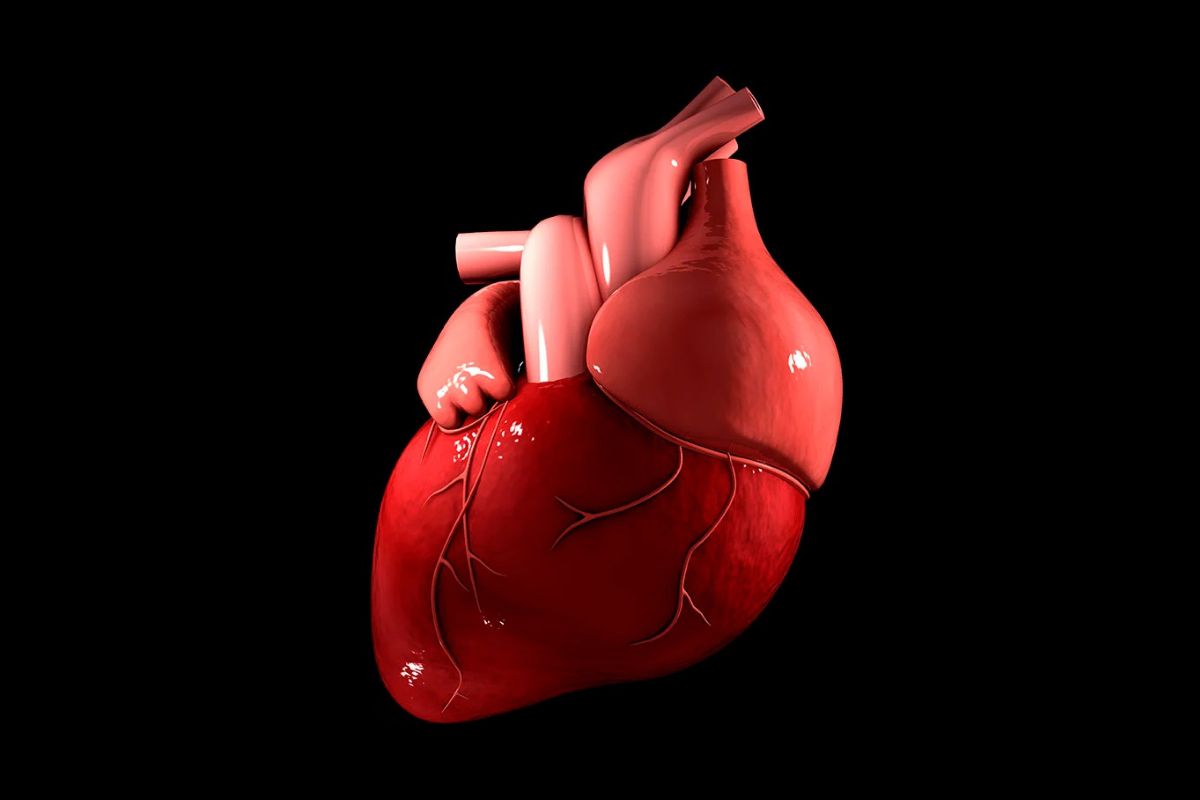
What is the mitral valve? The mitral valve is a crucial part of the heart, acting as a gatekeeper between the left atrium and the left ventricle. It ensures blood flows in one direction, preventing backflow. Shaped like a bishop's mitre, this valve has two flaps, or leaflets, that open and close with each heartbeat. When functioning properly, it helps maintain efficient blood circulation. However, issues like mitral valve prolapse or stenosis can disrupt this flow, leading to various health problems. Understanding the mitral valve's role and potential issues can help in recognizing symptoms early and seeking timely medical intervention.
What is the Mitral Valve?
The mitral valve is a crucial part of the heart's anatomy. It helps regulate blood flow between the heart's left atrium and left ventricle. Understanding its function and importance can shed light on heart health.
- The mitral valve is also known as the bicuspid valve because it has two flaps or leaflets.
- It is located between the left atrium and the left ventricle of the heart.
- The valve ensures that blood flows in one direction—from the left atrium to the left ventricle.
- When the left ventricle contracts, the mitral valve closes to prevent blood from flowing backward into the left atrium.
How Does the Mitral Valve Work?
The mitral valve's operation is a marvel of biological engineering. It opens and closes with each heartbeat, ensuring efficient blood circulation.
- The leaflets of the mitral valve are connected to the heart muscles by chordae tendineae, which are string-like structures.
- These chordae tendineae prevent the valve leaflets from inverting or prolapsing into the left atrium.
- The opening and closing of the mitral valve are synchronized with the heart's pumping action.
- Proper functioning of the mitral valve is essential for maintaining normal blood pressure and circulation.
Common Mitral Valve Disorders
Despite its importance, the mitral valve can sometimes develop problems. These disorders can affect heart function and overall health.
- Mitral valve prolapse occurs when the valve's leaflets bulge into the left atrium during contraction.
- Mitral regurgitation happens when the valve does not close properly, causing blood to leak backward into the left atrium.
- Mitral stenosis is a condition where the valve becomes narrowed, restricting blood flow from the left atrium to the left ventricle.
- Rheumatic fever, a complication of untreated strep throat, can cause mitral valve damage.
Symptoms of Mitral Valve Problems
Recognizing the symptoms of mitral valve issues can lead to early diagnosis and treatment. These symptoms can vary depending on the severity of the condition.
- Shortness of breath, especially during physical activity, is a common symptom.
- Fatigue and weakness can result from reduced blood flow and oxygen delivery.
- Swelling in the legs, ankles, or feet may occur due to fluid buildup.
- Heart palpitations or irregular heartbeats can be a sign of mitral valve problems.
- Chest pain or discomfort might be experienced, particularly during exertion.
Diagnosing Mitral Valve Disorders
Medical professionals use various methods to diagnose mitral valve disorders. Accurate diagnosis is crucial for effective treatment.
- An echocardiogram is a primary tool for diagnosing mitral valve issues. It uses sound waves to create images of the heart.
- Electrocardiograms (ECGs) can detect irregular heart rhythms associated with mitral valve problems.
- Chest X-rays may reveal an enlarged heart or fluid buildup in the lungs.
- Cardiac MRI provides detailed images of the heart's structure and function.
- Cardiac catheterization involves inserting a thin tube into a blood vessel to examine the heart and its valves.
Treatment Options for Mitral Valve Disorders
Treatment for mitral valve disorders varies based on the type and severity of the condition. Options range from medication to surgery.
- Medications can help manage symptoms and prevent complications. These may include diuretics, beta-blockers, and anticoagulants.
- Lifestyle changes, such as a heart-healthy diet and regular exercise, can improve overall heart health.
- Mitral valve repair surgery aims to fix the existing valve, preserving its function.
- Mitral valve replacement surgery involves replacing the damaged valve with a mechanical or biological valve.
- Minimally invasive procedures, like transcatheter mitral valve repair (TMVR), offer alternatives to open-heart surgery.
Preventing Mitral Valve Disorders
While not all mitral valve disorders can be prevented, certain measures can reduce the risk. Maintaining heart health is key.
- Regular check-ups with a healthcare provider can help detect early signs of valve problems.
- Managing conditions like high blood pressure and diabetes can lower the risk of valve disorders.
- Avoiding infections, particularly strep throat, can prevent rheumatic fever and subsequent valve damage.
- Leading a healthy lifestyle, including a balanced diet, regular exercise, and avoiding smoking, supports overall heart health.
Final Thoughts on Mitral Valve Prolapse
Mitral Valve Prolapse (MVP) might sound scary, but many people live normal lives with it. Regular check-ups help manage symptoms and catch any changes early. Knowing the signs, like palpitations or shortness of breath, can make a big difference. MVP often runs in families, so sharing information with relatives is smart. Treatment varies from lifestyle changes to medications, depending on severity. Staying informed and proactive is key. If you or someone you know has MVP, don't hesitate to ask doctors questions. They can provide personalized advice and reassurance. Remember, MVP is common and manageable. With the right care, most people with MVP lead healthy, active lives. So, keep an eye on your heart health and stay positive.
Was this page helpful?
Our commitment to delivering trustworthy and engaging content is at the heart of what we do. Each fact on our site is contributed by real users like you, bringing a wealth of diverse insights and information. To ensure the highest standards of accuracy and reliability, our dedicated editors meticulously review each submission. This process guarantees that the facts we share are not only fascinating but also credible. Trust in our commitment to quality and authenticity as you explore and learn with us.
